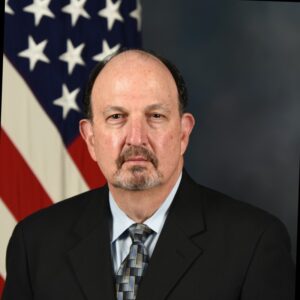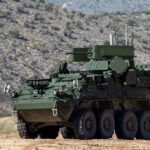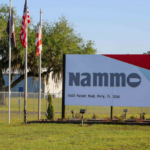
LOS ANGELES — Frank Turner, technical director of the Space Development Agency (SDA), is a man with a lot of problems, and he doesn’t mind talking about them. “I’m not standing here today giving you answers,” he told an audience of satellite industry executives at the CyberLEO conference. “I’m standing here today giving you problems. I’m hoping you’ll come back with the answers.” SDA’s problems, Turner said during the May 13 keynote, are the problems of its customers, the warfighter on the…













